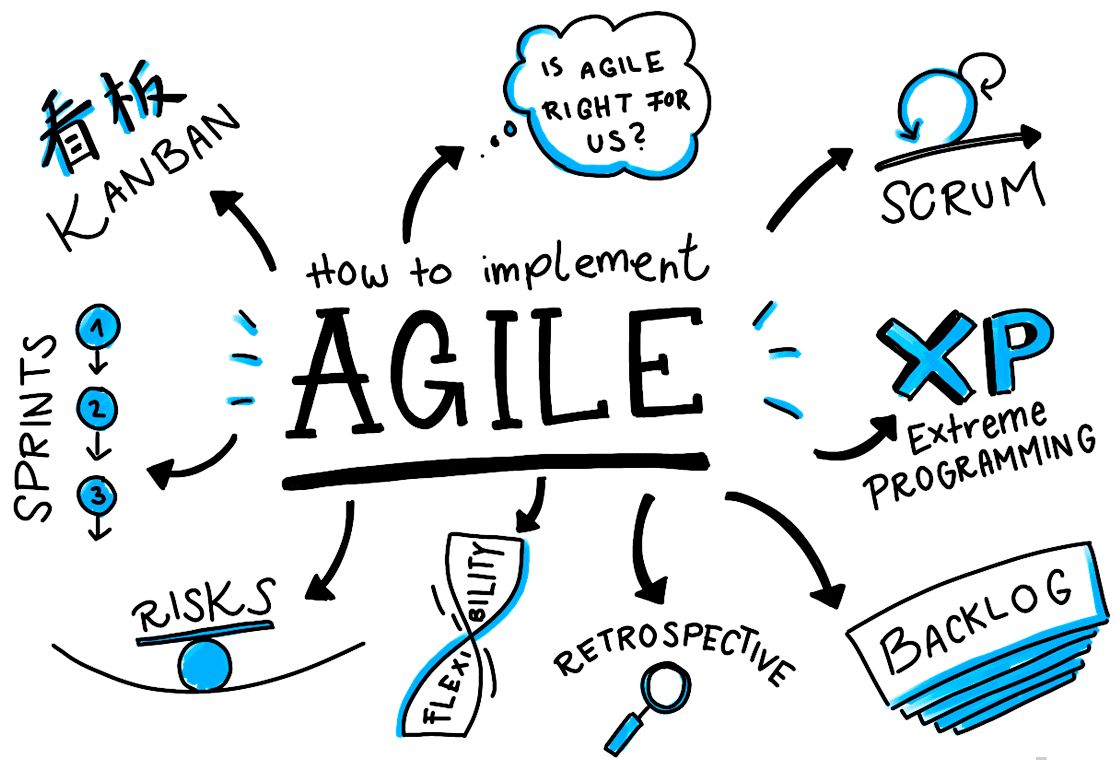
There’s no escaping agile project management and its associated jargon in the workplace nowadays. Backlog, scrum, scrum master, lean, iteration, continuous integration, are some of the terms you’re likely to hear dropped in everyday conversation. Agile is here to stay and so understanding how it works is essential. According to Kanbanize, it has a number of clear advantages over traditional project management methods.
Nevertheless, an agile project plan doesn’t of itself guarantee success. Many organizations have been left somewhat bewildered after their transition to agile failed to yield the expected success. If you want your agile project plan to succeed, there are fundamental ingredients you have to pay attention to.
1. Dedicated, Focused Team

An agile project plan is nothing more than a piece of paper if it isn’t backed by a dedicated, focused and competent team.
For best results, the entire team, including the scrum master and product owner should run one project at a time. This is particularly important at the start of the project as this is where the foundational elements are established and will determine the direction it all goes. This is also where the entire team is familiarized with agile principles (for the sake of members who may not have been involved in an agile project before).
If team members are engaged in multiple projects at one go, the quality of execution will suffer.
2. Collocation
Collocating agile project team members is a vital building block for direct, effective and clear communication. Collocation is a critical component of an agile system. Getting the interaction between individuals right from the get-go delivers greater working functionality, customer collaboration and response to change.

3. Automated Testing
Manual testing is tolerable for tiny development projects where there’s little to do. But the average project today is complex, comprises numerous moving parts and must be delivered as quickly as possible. In this context of fast-changing market and technology conditions, manual testing isn’t practical. Worse still, agile project management calls for continuous testing.
You cannot keep up with timelines and milestones if each time the testing has to be done manually. Automating the testing establishes not just speed but also consistency and predictability.
4. Defining ‘Done’
Ending a sprint without a shippable functionality falls under an anti-pattern toward effective agile project management. This can be avoided by having a clear and enforced definition of done. The definition should specify the environment the functionality is integrated with, the types of testing required and the nature of documentation.
But defining done isn’t enough; it must be enforced by the scrum team. If the scrum team flags some work as done but it’s later realized that the requirements of done weren’t actually satisfied, the pending work will have to be added to a subsequent sprint. This takes away time, resources and manpower from new work.

5. Clear Vision and Product Roadmap
The product owner is the official custodian of the product vision and roadmap. That being said, ensuring the clarity and realization of these artifacts is the responsibility of a wider spectrum of stakeholders. Product owners must engage every interested party from the start beginning with the agile project plan and up to the point the product is finally delivered. This ensures the vision, roadmap, and end-product is representative of market and customer needs.
Without a clear and well-thought-out purpose, the project will lack ownership, lose direction and eventually fail to realize its objectives.
6. Empowerment of the Product Owner
The primary role of the product owner is to work with the development team in order to optimize the end-product’s value. To do this, they must be knowledgeable about the market, customer, and product. They have to be reachable whenever the development team needs their input. They must have the authority to issue priority decisions and provide clarification quickly.
Development teams shouldn’t be kept waiting for a response or decision as this could jeopardize the achievement of project milestones. Whereas every role in a scrum team is crucial, the product owner is arguably the most pivotal to project success. An ineffective product owner is a sure path to agile project plan failure.

7. Management Support
When an organization goes agile, the mindset of its topmost executives must change accordingly. Often, senior management will carry over a traditional viewpoint into their oversight of an agile project. That is a recipe for conflict, frustration, and mediocre outcomes.
From the start, management must be cognizant that agile is a constant learning process. They shouldn’t expect the benefits to be realized in the first sprint. If management isn’t accommodative, this sentiment will trickle down to the scrum team, dampen team morale and paralyze low-level decision-making.
The agile method promises plenty of benefits. By implementing these principles, you will increase your chances of agile project plan success.
















